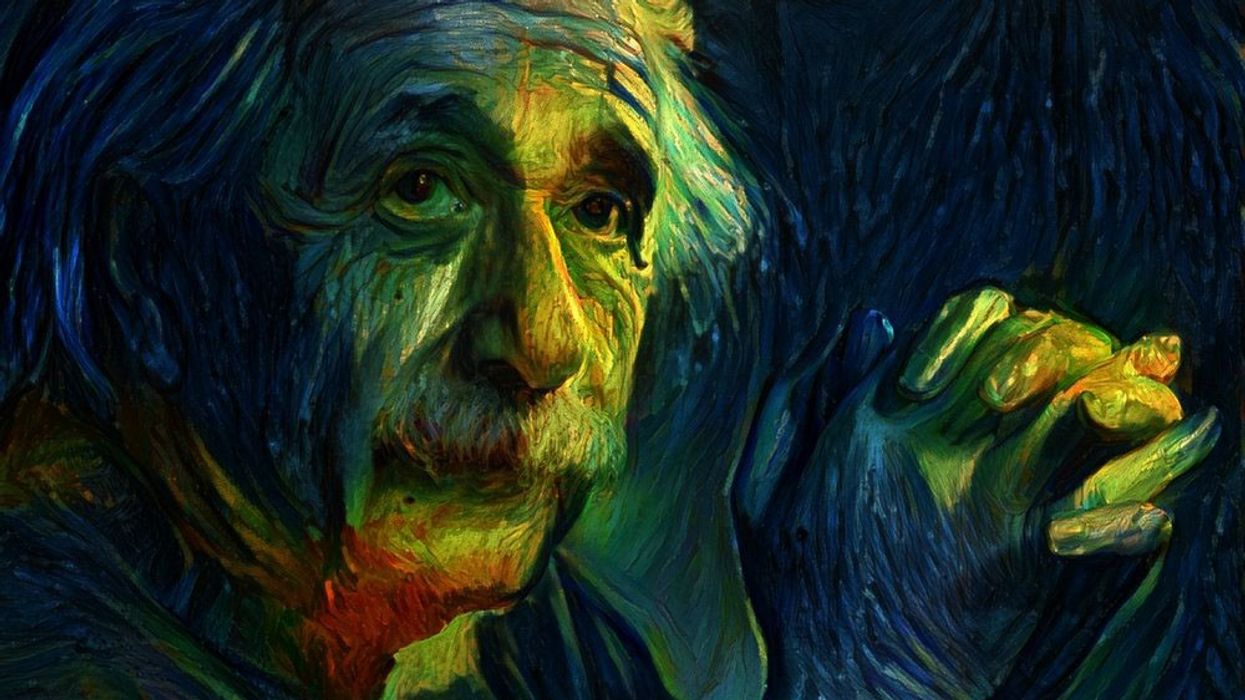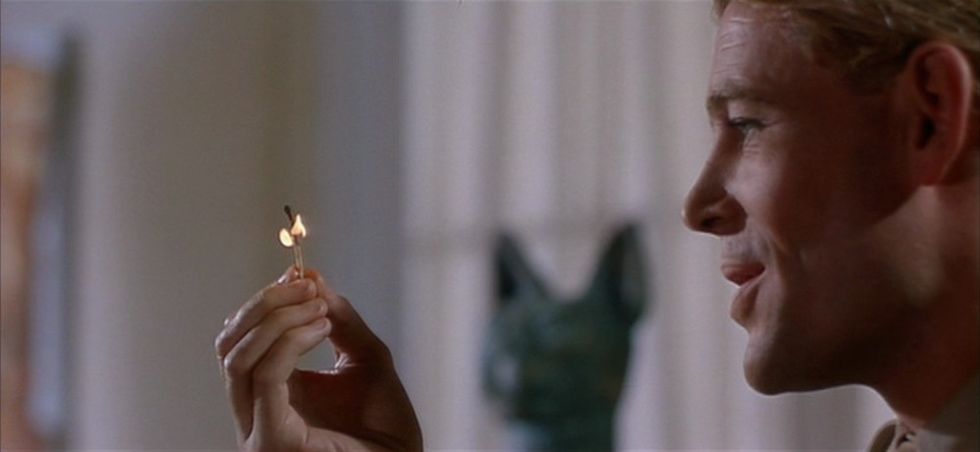AI Just Got More Creative, and Filmmakers Shouldn’t Be Afraid
Through a process known as Generative AI, filmmakers may soon be able to create custom storyboards and concept art with a computer.

Artificial Intelligence. Many have feared that AI is the beginning of Skynet. But that’s simply Hollywood talking. The real power of AI is being able to streamline tedious steps in the creation process, freeing up design to focus on the big idea.
Part of the iconic look of George Lucas' Star Wars came from the concept sketches done by Ralph McQuarrie. McQuarrie offered an industrial eye from a career in automotive design and created memorable sketches that depicted the iconic look of everything from C-3PO and Darth Vader to the X-wing fighter.
How AI Will Change Things
Up until recently, artificial intelligence was unable to perform such creative-looking tasks.
But all of that is beginning to change thanks to AI Sketch software like DreamStudio, Dall-E 2, and Stable Diffusion, which take a few keywords via a text interface to generate an image in a process known as “generative AI.”

Generative AI is trained on sets of images, which are sourced from the internet. The machine can then learn the differences between people, places, and things and generate its own images from any text it receives.
The more data sets the AI can draw from, the more accurate and creative the results.
Corridor Digital experimented with Stable Diffusion a few weeks back and used AI to generate images to tell a story. And the results are downright inspiring.
The AI was able to create images with members of the Corridor Crew as the main characters, placing them in custom settings, complete with costumes, props, and backgrounds based on the input of a few main idea terms.
As a result, Corridor founder Niko Pueringer was able to pitch a complete story idea with visuals to the entire crew, which enhanced the story and kept the crew enraptured to literally see what would happen next. Here's what AI created for him:
The Power of AI
And here is the power of AI-generated imagery. Low-budget filmmakers who can’t draw will soon be able to use this tool to create concept art, storyboards, and ultimately, maybe even video animatics to work out the details of a story before beginning the principal photography.
In fact, Generative.AI is offering a course to teach creatives how to use AI to create their own concept art.
Many artists may sound the alarm that generative AI could take away the jobs of concept artists, designers, and storyboard artists. Ultimately, that threat is as real as CGI made stop-motion animation obsolete for Jurassic Park. In that instance, stop-motion legend Phil Tippet saw the computer-generated dinosaur and quipped to Steven Spielberg, “Looks like I’m out of a job.”
A Long Road Ahead
However, artificial intelligence still has a way to go. For instance, the generative AI process isn’t perfect. It relies heavily on not only specific terms to draw images but also lengthy training to refine the process.
And even then, some elements, like hands, feet, and even faces, can end up rather... scary. Therefore, at least for now, the process of using AI to create concept art will simply serve as a jumping-off point to better describe the idea in order for an artist to come in and bring that image to a professional level.
However, in the long run, generative AI will get smarter and more adept at crafting these custom images. And in the end, it’ll be just another smart tool that filmmakers can draw on to tell and refine their stories.
Source: The New York Times












